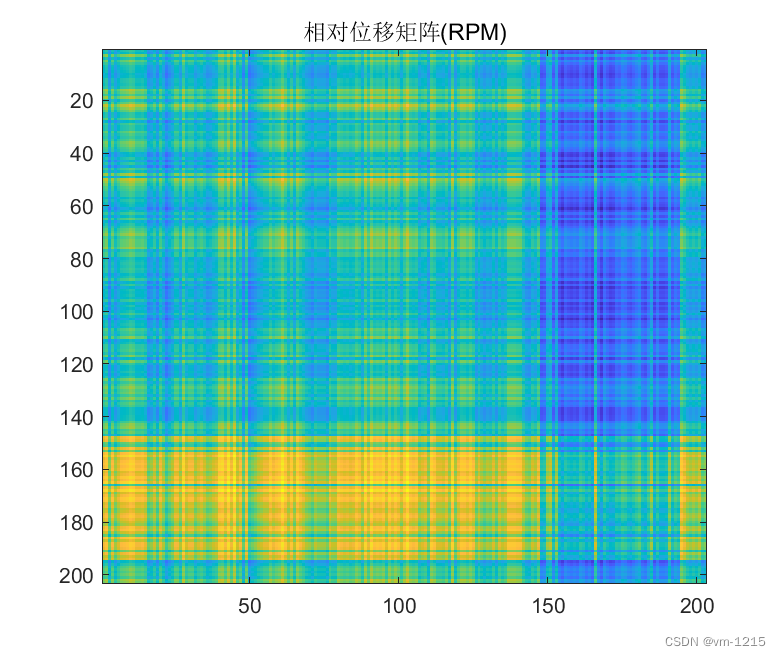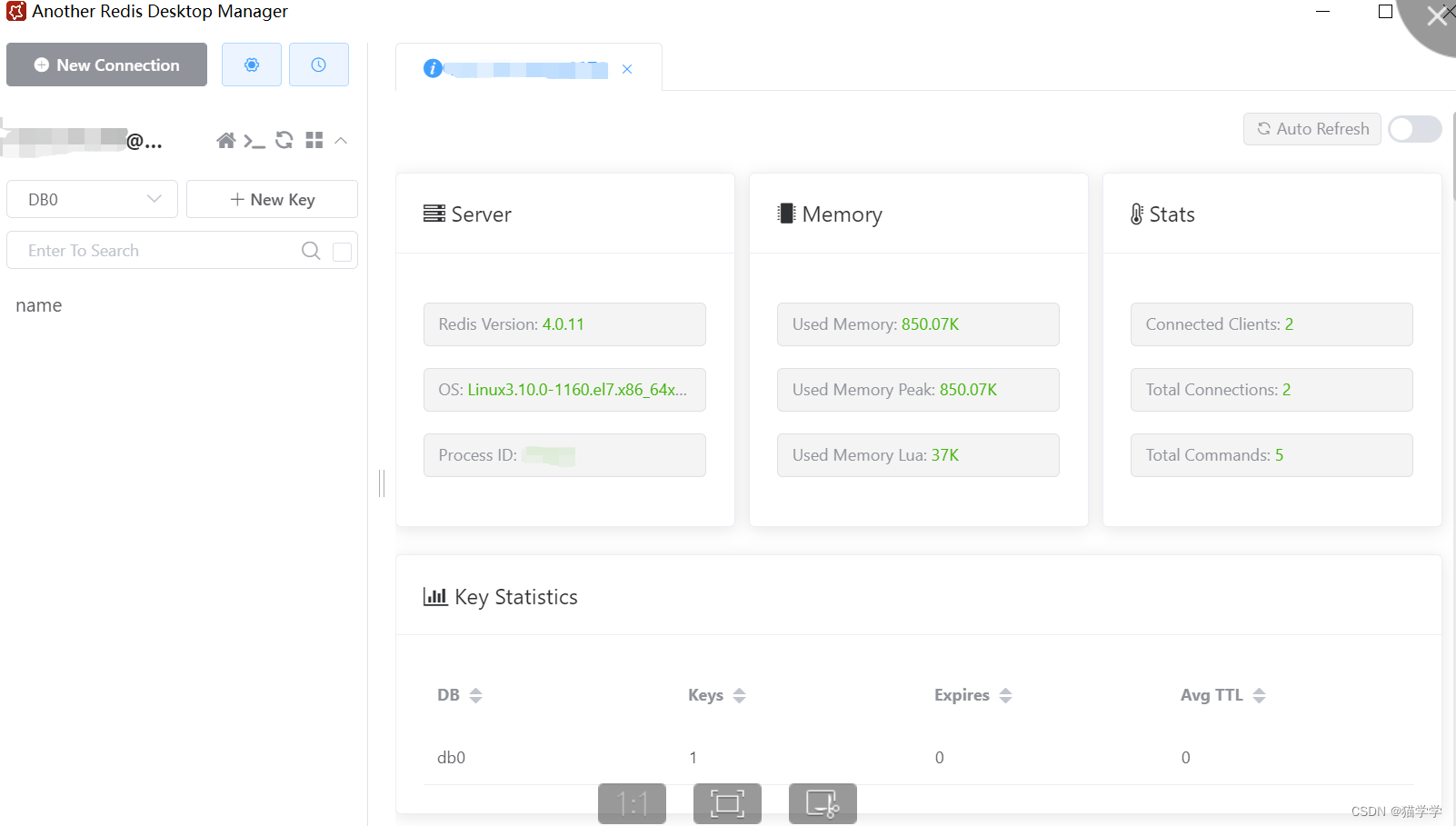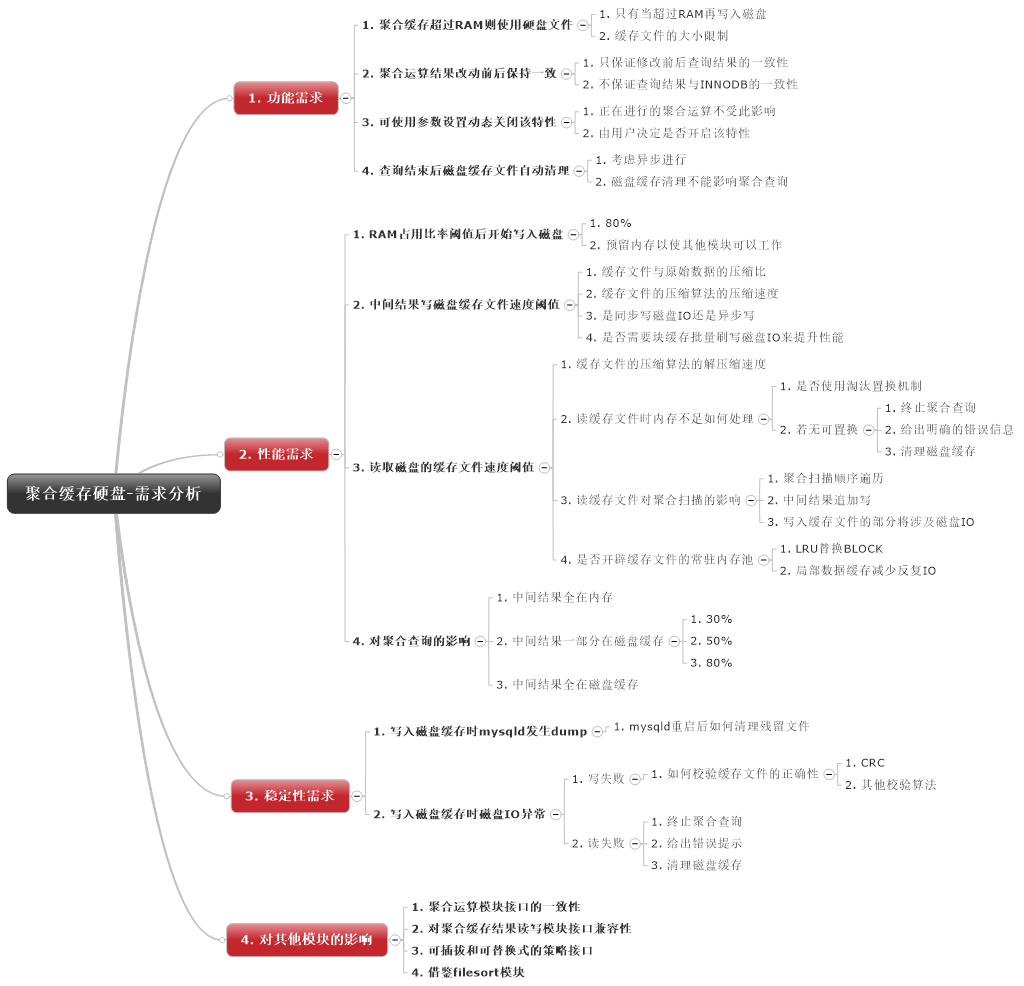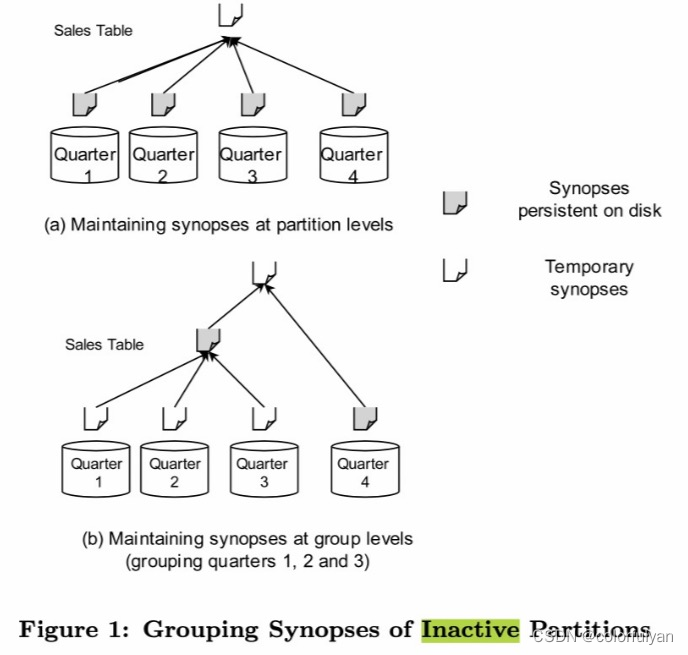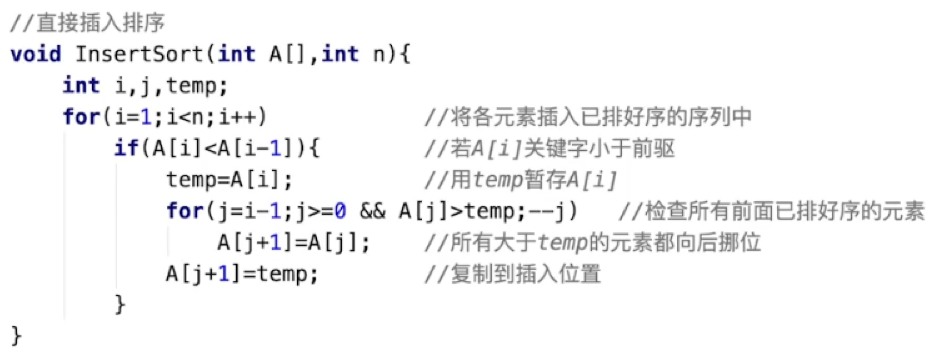Supervisor 是用Python开发的一套通用的进程管理程序,能将一个普通的命令行进程变为后台daemon,并监控进程状态,异常退出时能自动重启。
官网介绍
Supervisor已经过测试,可以在Linux(Ubuntu 9.10),Mac OS X(10.4 / 10.5 / 10.6)和Solaris(10 for Intel)和FreeBSD 6.1上运行。它可能在大多数UNIX系统上都能正常工作。在任何版本的Windows下,Supervisor 都不会运行。Supervisor 可以使用Python 2.4或更高版本,但不能在任何版本的Python 3下使用。(主要原因是Ubuntu默认源安装的版本太低3.3.1,目前是4.2.4,j建议按照官网安装步骤如下:)
Supervisor can be installed with pip install:
Depending on the permissions of your system’s Python, you might need to be the root user to install Supervisor successfully using pip.
pip install supervisor
Internet-Installing Without Pip
If your system does not have pip installed, you will need to download the Supervisor distribution and install it by hand. Current and previous Supervisor releases may be downloaded from PyPi. After unpacking the software archive, run python setup.py install. This requires internet access. It will download and install all distributions depended upon by Supervisor and finally install Supervisor itself.
python setup.py install
官方安装包下载链接
安装成功后可本地查看supervisor版本
supervisord -v
 启动方法一般有:
启动方法一般有:
1.使用 pip或者 python setup.py install 安装的supervisor则直接命令行输入 supervisord便可运行。
supervisor 默认在以下路径查找配置文件:/usr/etc/supervisord.conf, /usr/supervisord.conf, supervisord.conf, etc/supervisord.conf, /etc/supervisord.conf, /etc/supervisor/supervisord.conf
查找supervisor可使用:
whereis supervisor
如需指定主配置文件,则需要使用-c参数:
$ supervisord -c /etc/supervisor/supervisord.conf
注:supervisord 是主进程 ,supervisorctl是给守护进程发送命令的客户端工具。
supervisorctl status
unix:///var/run/supervisor.sock no such file
2、使用 apt-get 安装的supervisor直接可以通过
$ /etc/init.d/supervisor start
运行。
配置文件
主配置文件名: supervisord.conf
可以通过运行echo_supervisord_conf获得。这个配置文件一般情况下不需要更改,除了最后的[include]部分,其余保持默认即可。
[unix_http_server]
file=/tmp/supervisor.sock #UNIX socket 文件,supervisorctl 会使用
#chmod=0700 #socket文件的mode,默认是0700
#chown=nobody:nogroup #socket文件的owner,格式:uid:gid
#[inet_http_server] #HTTP服务器,提供web管理界面
#port=127.0.0.1:9001 #Web管理后台运行的IP和端口,如果开放到公网,需要注意安全性
#username=user #登录管理后台的用户名
#password=123 #登录管理后台的密码
[supervisord]
logfile=/tmp/supervisord.log #日志文件,默认是 $CWD/supervisord.log
logfile_maxbytes=50MB #日志文件大小,超出会rotate,默认 50MB,如果设成0,表示不限制大小
logfile_backups=10 #日志文件保留备份数量默认10,设为0表示不备份
loglevel=info #日志级别,默认info,其它: debug,warn,trace
pidfile=/tmp/supervisord.pid #pid 文件
nodaemon=false #是否在前台启动,默认是false,即以 daemon 的方式启动
minfds=1024 #可以打开的文件描述符的最小值,默认 1024。注意托管ES进程,这里要进行调整至65535
minprocs=200 #可以打开的进程数的最小值,默认 200。注意托管ES进程,这里要进行调整至4096
[supervisorctl]
serverurl=unix:///tmp/supervisor.sock #通过UNIX socket连接supervisord,路径与unix_http_server部分的file一致
#serverurl=http://127.0.0.1:9001 # 通过HTTP的方式连接supervisord,想要web访问的话,可以取消注释
# [program:xx]是被管理的进程配置参数,xx是进程的名称
[program:xx]
command=XXX.sh run # 程序启动命令
autostart=true # 在supervisord启动的时候也自动启动
startsecs=10 # 启动10秒后没有异常退出,就表示进程正常启动了,默认为1秒
autorestart=true # 程序退出后自动重启,可选值:[unexpected,true,false],默认为unexpected,表示进程意外杀死后才重启
startretries=3 # 启动失败自动重试次数,默认是3
#user=root # 用哪个用户启动进程,默认是root,
priority=999 # 进程启动优先级,默认999,值小的优先启动
redirect_stderr=true # 把stderr重定向到stdout,默认false
stdout_logfile_maxbytes=20MB # stdout 日志文件大小,默认50MB
stdout_logfile_backups = 20 # stdout 日志文件备份数,默认是10
# stdout 日志文件,需要注意当 **指定目录不存在时无法正常启动** ,所以需要手动创建目录(supervisord 会自动创建日志文件),可以修改日志路径为本地的文件夹
stdout_logfile=/opt/std.out
stopasgroup=false #默认为false,进程被杀死时,是否向这个进程组发送stop信号,包括子进程
killasgroup=false #默认为false,向进程组发送kill信号,包括子进程
#包含其它配置文件
[include]
files = supervisord.d/*.conf #默认放在安装目录的supervisord.d目录下,可以指定一个或多个以.conf结束的配置文件。
`
## 子进程配置文件
一般放在:/etc/supervisor/conf.d/目录 。一个脚本对应一个配置文件,也可以将多个进程脚本放到一个文件中
配置说明:
#*为必须填写项
#*[program:应用名称]
[program:cat]
#*命令路径,如果使用python启动的程序应该为 python /home/test.py,
#不建议放入/home/user/, 对于非user用户一般情况下是不能访问
command=/bin/cat
#当numprocs为1时,process_name=%(program_name)s#
当numprocs>=2时,%(program_name)s_%(process_num)02d
process_name=%(program_name)s#进程数量
numprocs=1
directory=/tmp
#执行目录,若有/home/supervisor_test/test1.py
#将directory设置成/home/supervisor_test
#则command只需设置成python test1.py
#否则command必须设置成绝对执行目录
#掩码:--- -w- -w-, 转换后rwx r-x w-x
umask=022
#优先级,值越高,最后启动,最先被关闭,默认值999
priority=999
#如果是true,当supervisor启动时,程序将会自动启动
autostart=true
#*自动重启
autorestart=true #当程序exit的时候,这个program不会自动重启,默认unexpected,设置子进程挂掉后自动重启的情况,有三个选项,false,unexpected和true。如果为false的时候,无论什么情况下,都不会被重新启动,如果为unexpected,只有当进程的退出码不在下面的exitcodes里面定义autorestart=false
#启动延时执行,默认1秒,如果有遇到频繁启动的情况,可以将时间修改为0
startsecs=10
#启动尝试次数,默认3次
startretries=3
#当退出码是0,2时,执行重启,默认值0,2
exitcodes=0,2
#停止信号,默认TERM
#中断:INT(类似于Ctrl+C)(kill -INT pid),退出后会将写文件或日志(推荐)
#终止:TERM(kill -TERM pid)
#挂起:HUP(kill -HUP pid),注意与Ctrl+Z/kill -stop pid不同
#从容停止:QUIT(kill -QUIT pid)
#KILL, USR1, USR2其他见命令(kill -l),说明1
stopsignal=TERM
stopwaitsecs=10
#*以root用户执行
user=root
#重定向
redirect_stderr=false
stdout_logfile=/a/path
stdout_logfile_maxbytes=1MB
stdout_logfile_backups=10
stdout_capture_maxbytes=1MB
stderr_logfile=/a/path
stderr_logfile_maxbytes=1MB
stderr_logfile_backups=10
stderr_capture_maxbytes=1MB
#环境变量设置
environment=A="1",B="2" # 如果环境变量有多个,可以使用:隔开,例如:environment=LD_LIBRARY_PATH=/home/T/build:/home/T/AC/build:/opt
serverurl=AUTO
简化模板
[program:echo_time]
command=sh /tmp/echo_time.sh
autostart=true
autorestart=true
startsecs=10
startretries=3
exitcodes=0,2
stopsignal=QUIT
stopwaitsecs=10
user=root
log_stdout=true
log_stderr=true
logfile=/tmp/echo_time.log
logfile_maxbytes=1MB
logfile_backups=10
stdout_logfile_maxbytes=20MB
stdout_logfile_backups=20
stdout_logfile=/tmp/echo_time.stdout.log
如果上面的模板里增加下面两句:
下面展示:
process_name=%(process_num)02d
numprocs=3
supervisorctl 是客户端程序,用于向supervisord发起命令。
通过supervisorctl -h可以查看帮助说明。我们主要关心的是其action命令:
$ supervisorctl help
default commands (type help <topic>):
=====================================
add exit open reload restart start tail
avail fg pid remove shutdown status update
clear maintail quit reread signal stop version
这些命令对于控制子进程非常重要。示例:
reread ;重新加载配置文件
update ;将配置文件里新增的子进程加入进程组,如果设置了autostart=true则会启动新新增的子进程
status ;查看所有进程状态
status <name> ;查看指定进程状态
start all; 启动所有子进程
start <name>; 启动指定子进程
restart all; 重启所有子进程
restart <name>; 重启指定子进程
stop all; 停止所有子进程
stop <name>; 停止指定子进程
reload ;重启supervisord
add <name>; 添加子进程到进程组
reomve <name>; 从进程组移除子进程,需要先stop。注意:移除后,需要使用reread和update才能重新运行该进程
端口默认是监听127.0.0.1:9001,这里方便测试,修改为:
port=*:9001
浏览器访问:http://127.0.1:9001 ,输入用户名、密码后,即可看到web页面
常见报错问题
1.报错 unix:///var/run/supervisor.sock no such file
方案1:
1.1.先停止supervisor
systemctl sotp supervisor.service
1.2.查看是否有supervisord进程没有结束,并杀死
ps -ef|grep supervisor |grep -v grep|cut -c 9-15|xargs kill -9
方案2:
2.1使用以下命令,重新加载配置文件。整个服务会自动启动
supervisord -c /etc/supervisor/supervisord.conf #使用-n -c的话可同时在终端看到运行日志及报错(如果有报错的话)
#或
/usr/bin/python2 /usr/bin/supervisord -c /etc/supervisor/supervisord.conf
-
报错 Error: Another program is already listening on a port that one of our HTTP servers is configured to use. Shut this program down first before starting supervisord
2.1.尝试关闭配置文件中包含的所有服务
supervisorctl status
supervisorctl stop [programName]
2.2.如果关闭不掉,试用命令ps ax |grep supervisor 查看pid,杀掉所有查看到的进程。
ps -ef|grep supervisor |grep -v grep|cut -c 9-15|xargs kill -9
2.3.如果还是报错,取消socket的软连接。注意,下方的路径是在supervisord.conf中声明的。
unlink /var/run/supervisor.sock
unlink /tmp/supervisor.sock
supervisord -c /etc/supervisor/supervisord.conf
3.报错 [line 57]: ‘json module not found, using jsonujson module not found, using jsonujson module not found, using json\n’
此问题不是json模块找不到,是配置文件格式不对,仔细检查或重写配置文件就能搞定。
4.报错[Errno 13] Permission denied: ‘/tmp/supervisord.log’
加sudo执行,主要是访问路径需要root权限,可考虑将路径修改为本地home路径下
5.报错Error: Another program is already listening on a port that one of our HTTP servers is configured to use. Shut this program down first before starting supervisord.
直接使用ps ax |grep supervisor 查看pid,并杀掉所有查看到的进程。
ps -ef|grep supervisor |grep -v grep|cut -c 9-15|xargs kill -9




![[Linux安装软件详解系列]04 安装Redis](https://img-blog.csdnimg.cn/1b5147db25e34d3a98d4dc31697696b4.png)


